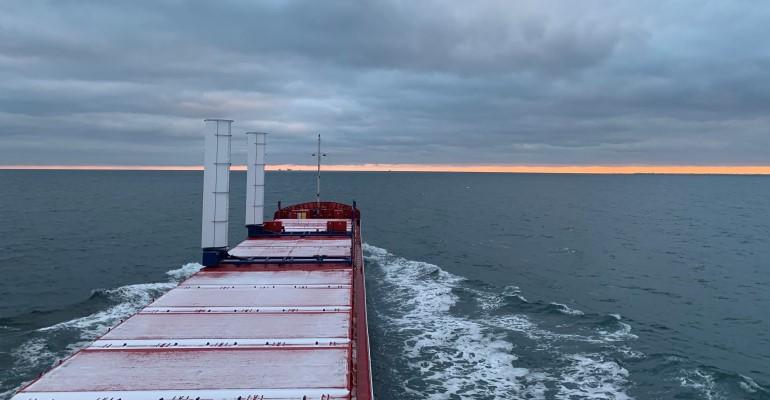The background
A renowned American fashion giant found itself tangled in a knotty supply chain chaos. The fast-paced world of fashion was moving at warp speed, while their upstream operations were stuck in slow motion. This had a domino effect, impacting everything from product availability to business performance.
The challenge
The fashion company’s supply chain was a complex imbalance of operations, lost in its inefficiencies. Lacking a central conductor to harmonise the flow of goods, each stage in the supply chain operated in isolation. Factories in Bangladesh, Kenya and Egypt – functioned independently, sourcing raw materials from scattered suppliers across the Far East.
This fragmented approach led to a series of logistical challenges, like:
Peak season panic
Urgent orders during busy periods demanded rapid movement of raw materials from the Far East, incurring significant additional expenses.
Blind spots in the supply chain
Visibility into raw material stock availability at factories was misleading. Actual stock levels rarely matched anticipated needs, causing production and supply to stumble out of sync.
Compliance concerns
Ensuring manufacturers adhered to quality and sourcing standards proved to be a constant challenge. Incomplete orders from suppliers became a recurring theme, disrupting schedules and impacting shelf availability.
Logistics incompetencies
Reliance on third-party logistics providers often resulted in raw materials missing their designated arrival times. This inefficiency directly impacted production schedules and, consequently, product availability.
The solution
The fashion giant needed a reliable logistics partner that could streamline their supply chain with a robust comprehensive strategy in place. Maersk stepped up to this responsibility, taking control and managing the entire supply chain journey from raw materials to finished clothing. This involved several key initiatives:
ne network, multiple players
Maersk implemented a multi-shipper and multi-consignee model, managing the flow from raw material sources like Quindao, Shanghai, and Karachi to manufacturers across Bangladesh, Kenya, and Egypt.
Consolidation at the source
100% of raw materials were consolidated at Maersk’s Container Freight Stations (CFS), closer to cargo ports for efficient handling and onward transportation.
Digitalised visibility
Maersk introduced digital solutions that provided real-time visibility across the entire raw material supply chain, empowering the fashion giant with transparency and control over its operations.
The result
The partnership with Maersk yielded some impressive results, allowing the customer to have complete control and visibility over their supply chain, while Maersk managed it for them. Their supply chain saw significant changes, like:
Cost optimisation
Raw material consolidation maximised efficiency, leading to lower landed fabric costs and effective control over input production costs.
Chargeback avoidance
Maersk’s solutions eliminated the risk of costly chargebacks and reduced overall transportation expenses.
Just-in-time precision
Maersk enabled true just-in-time (JIT) deliveries, eliminating the need for excess safety stocks at factories.
Enhanced transparency
Increased visibility into the raw material flow empowered the fashion giant with better planning and informed decision-making.
Reviving the supply chain with efficiency and innovation
To overcome all the complexities faced by the customer, Maersk proposed a revolutionary solution: an end-to-end supply chain makeover. From raw materials to finished apparel, Maersk worked to streamline the processes, bringing transparency, efficiency, and cost-effectiveness in the supply chain. Through innovative, tailored solutions, Maersk cemented its position as a key strategic partner within the global supply chain, particularly in the dynamic and demanding Fashion industry.
Source: Hellenic Shipping News





